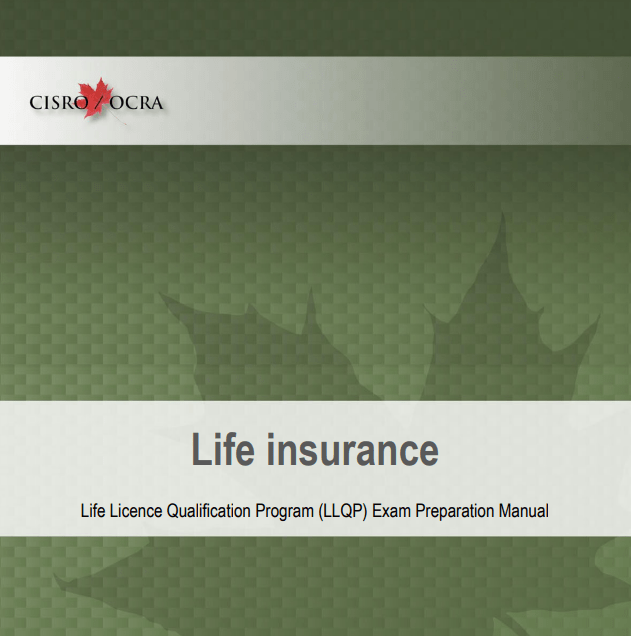
What is Mortgage Creditor Insurance?
There are two types of mortgage creditor insurance. The first is typically a life insurance policy provided to a borrower by an institutional lender. The second is a life insurance policy provided to a borrower through a third party, such as the Mortgage Protection Plan (MPP), that is not affiliated with an institutional lender.
Both types of mortgage creditor insurance are designed to pay the institutional lender upon death of the insured.
Mortgage brokering in Ontario is regulated by the Financial Services Commission of Ontario (FSCO) and requires a license. To obtain a license you must first pass an accredited course. The Real Estate and Mortgage Institute of Canada Inc. (REMIC) is accredited by FSCO to provide the course. For more information please visit us at www.remic.ca/getlicensed or call us at 877-447-3642
Lender’s Mortgage Creditor Insurance
This type of insurance is obtained by the borrower from the lender, usually in the branch of the lender when they apply for the mortgage. This type of policy is very convenient for the borrower to obtain and the insurance premium is usually included in the mortgage payment, making it virtually invisible to the borrower. This type of policy offered by lenders is a group policy, meaning that all borrowers are lumped together in the same category. For example, smokers and non-smokers alike are combined in the same age category, often resulting in premiums that may not accurately reflect the condition of the borrower’s health.
In addition, this type of insurance is post underwritten, meaning that the borrower simply has to answer three basic health questions in the application for coverage. If the borrower answers no to all of the questions, he or she is typically approved. If the borrower answers yes to any of the questions, he or she must supply additional details along with the application. The lender may then decide what steps, if any, must be taken for it to approve the borrower’s application for insurance.
If the borrower dies and a claim is made by the borrower’s spouse, estate, etc., the insurance company will then underwrite the application. This means that the insurance company will now review how those three questions were answered and research the borrower’s past medical records to ensure that the answers were answered accurately. If they were not, the insurer may decline to pay the claim.
If a borrower decides to switch lenders at some point, the borrower will then have to reapply for insurance with the new lender. This could result in higher premiums due to the borrower’s increased age and/or changes in his or her medical condition. The coverage provided by mortgage creditor insurance is also a factor to consider. This type of policy is often referred to as declining term insurance. This means that the amount of the coverage declines as the outstanding balance of the mortgage is repaid by the borrower.
However, the premiums remain constant.Regarding continued coverage, mortgage creditor insurance will typically expire when the mortgage is paid off or when the borrower reaches 70 years of age, resulting in a loss of coverage for the policy holder. Finally, mortgage creditor insurance has only one beneficiary: the lender. This simply means that whatever the financial needs of the survivor(s), the insurance pays the lender, not the surviving family member(s).
Third Party Insurance
In comparison, the Mortgage Protection Plan, which insures over 110,000 people for life insurance and in excess of 40,000 for disability insurance is portable, meaning that this policy can be taken with the borrower to a new lender. This type of plan is only available through a mortgage broker, so the average borrower does not have access to it.
If you found this article helpful, please share it with your community!











